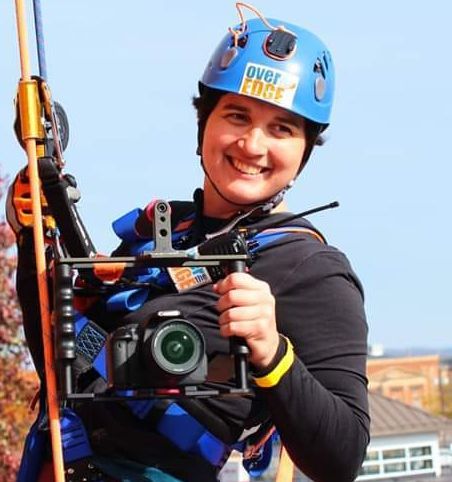For 103 years old, Tech Sgt. Charles Libby doesn’t look a day over 80. To celebrate this milestone, the World War II veteran recently was surrounded by friends and family for a celebration and to receive a Letter of Commendation from President Donald Trump.
In March, retired Sgt. Denny Bennett contacted the White House to inform them of Libby’s years of service and his upcoming birthday. Until now, Libby had not received an acknowledgement of his service by the nation’s highest office, according to Bennett.
Bennett received the letter in September and decided to give it to Libby at his birthday party in October.
Members of Novelist Steven Hunter’s karate class were able to celebrate Libby’s 103rd birthday with him. Along with friends and family, Hunter and Bennett used the opportunity to present Libby with the letter from the White House.
“Sitting in this room tonight is living history.” Hunter said to his Dojo. “He is now one of the oldest living World War II veterans in the world.”
Libby does not take his more than a century of experience lightly. When asked what advice he would give the young children of the Dojo, Libby simply said to use caution. This time of life will bring trouble, he shared.
“But I would say, bear with the Almighty God, and you’ll be alright,” said Libby.
Since meeting him, Hunter has written two books about Libby’s life. The pair have become fast friends and Hunter prides himself on being a conduit to tell Libby’s stories for years to come.
Among Libby’s many stories from war, perhaps the most impressive is when he saved a young German from being shot by a sniper. This German turned out to be Warner von Braun, an aerospace engineer who had developed the V-2 rocket for Germany and the Saturn V rocket for the U.S.
According to Libby, Von Braun was attempting to surrender and laid out some blueprints in front of him on the ground. Libby stopped the sniper who wanted to shoot him and soon von Braun was picked up by an escort and taken away.
Following World War II, Von Braun was secretly moved to the U.S., along with about 1,600 other scientists, engineers, and technicians, as part of Operation Paperclip, where he developed the rockets that launched the U.S.’s first space satellite Explorer 1, and the Apollo program manned lunar landings. His theories on jet propulsion led the U.S. to be able to explore space and send astronauts to the moon in 1969.


